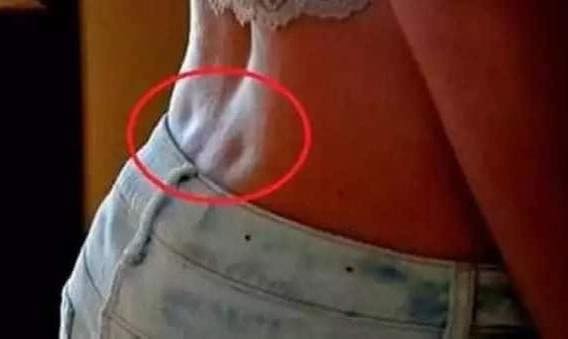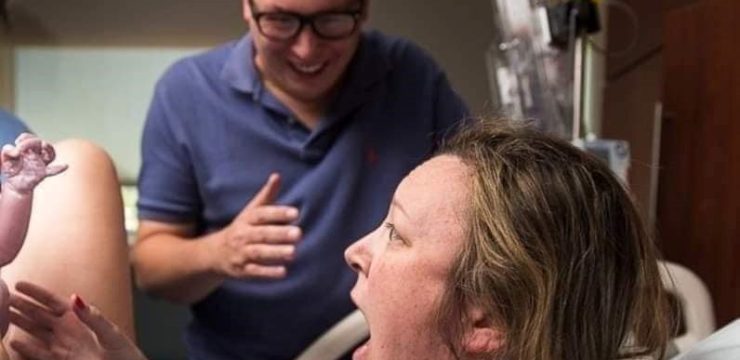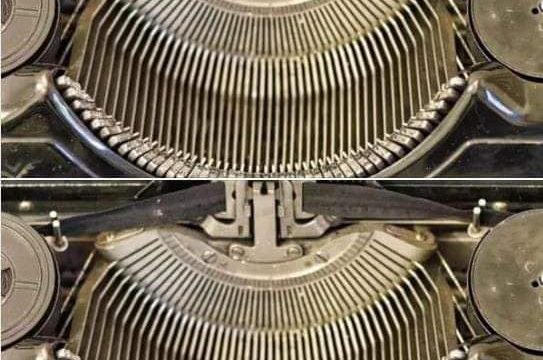
What Are Those Lower Back Dimples? The Hidden Story Behind Them
Have you ever noticed small indentations on someone’s lower back? These little dips, known as “dimples of Venus,” are named after the Roman goddess of beauty. Not everyone has them, and those who do often consider them an attractive trait. But what exactly are they, and why do only some people have them?
What Are Dimples of Venus?
Medically referred to as “fossae lumbales lateralis” or lateral lumbar indentations, these symmetrical dimples are located on the lower back, just above where the pelvis meets the spine. They’re often admired for their aesthetic appeal and are sometimes seen as a mark of beauty.
The dimples are formed by a small ligament that connects the skin to the iliac bone, part of the pelvis. Named after Venus due to their long-standing association with beauty, they are sometimes viewed as a “flaw” that enhances a person’s attractiveness.
Who Has Them?
Not everyone is born with dimples of Venus, and that’s part of their appeal. They tend to be more common in women, though men can have them too, where they’re often called “Apollo’s dimples.” While some people are simply born with them, these dimples are believed to be largely genetic, passed down from one generation to the next. However, the exact genes that cause them are still a mystery.
Can You Develop Them?
Many people wonder if it’s possible to create or enhance these dimples through exercise. Unfortunately, the answer is no. There are no specific muscles responsible for the dimples, so targeted exercises won’t make them appear. However, for those who naturally have them, losing body fat and exercising can help make them more visible. Building up the surrounding muscles can make the dimples stand out even more.
Why Are They So Popular?
Like many rare physical traits, dimples of Venus have a certain charm and mystique. They’ve been associated with beauty and sensuality, which makes them highly sought-after. Some people have even gone as far as undergoing surgery to try and achieve them. Still, for most, they remain a natural and rare feature that enhances a person’s uniqueness.
The Genetic Puzzle
While scientists haven’t extensively studied the genetics behind dimples of Venus, it’s widely believed that they are an inherited trait. If you have them, it’s likely that a family member does too. However, more research is needed to fully understand how these small but significant features are passed down.
Do You Have Dimples of Venus?
Do you or someone you know have these intriguing lower back dimples? Whether they occur naturally or you admire them from a distance, they’re a fascinating part of human anatomy that blends genetics with beauty.





